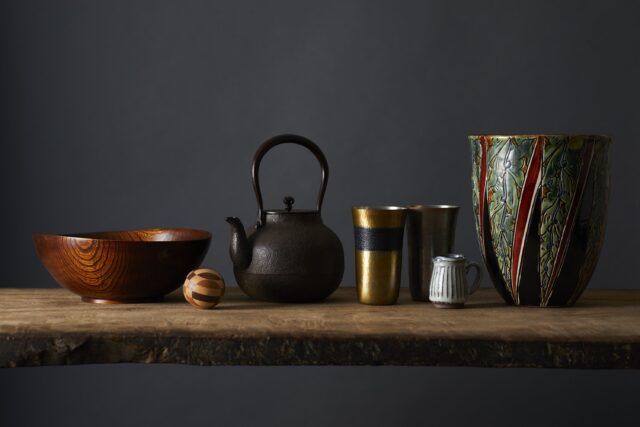Nishijin-ori Jewelry Is Launched from Craft Jewelry Brand “YURAI”
New Products VOL.23


VOL.1-23
Update

VOL.1-25
Update
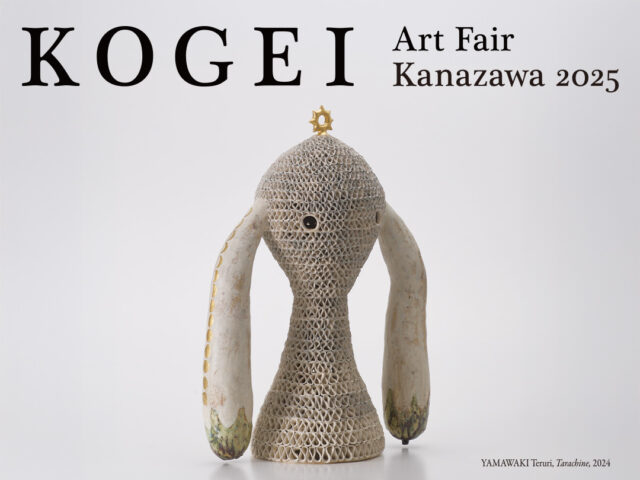
VOL.1-50
Update
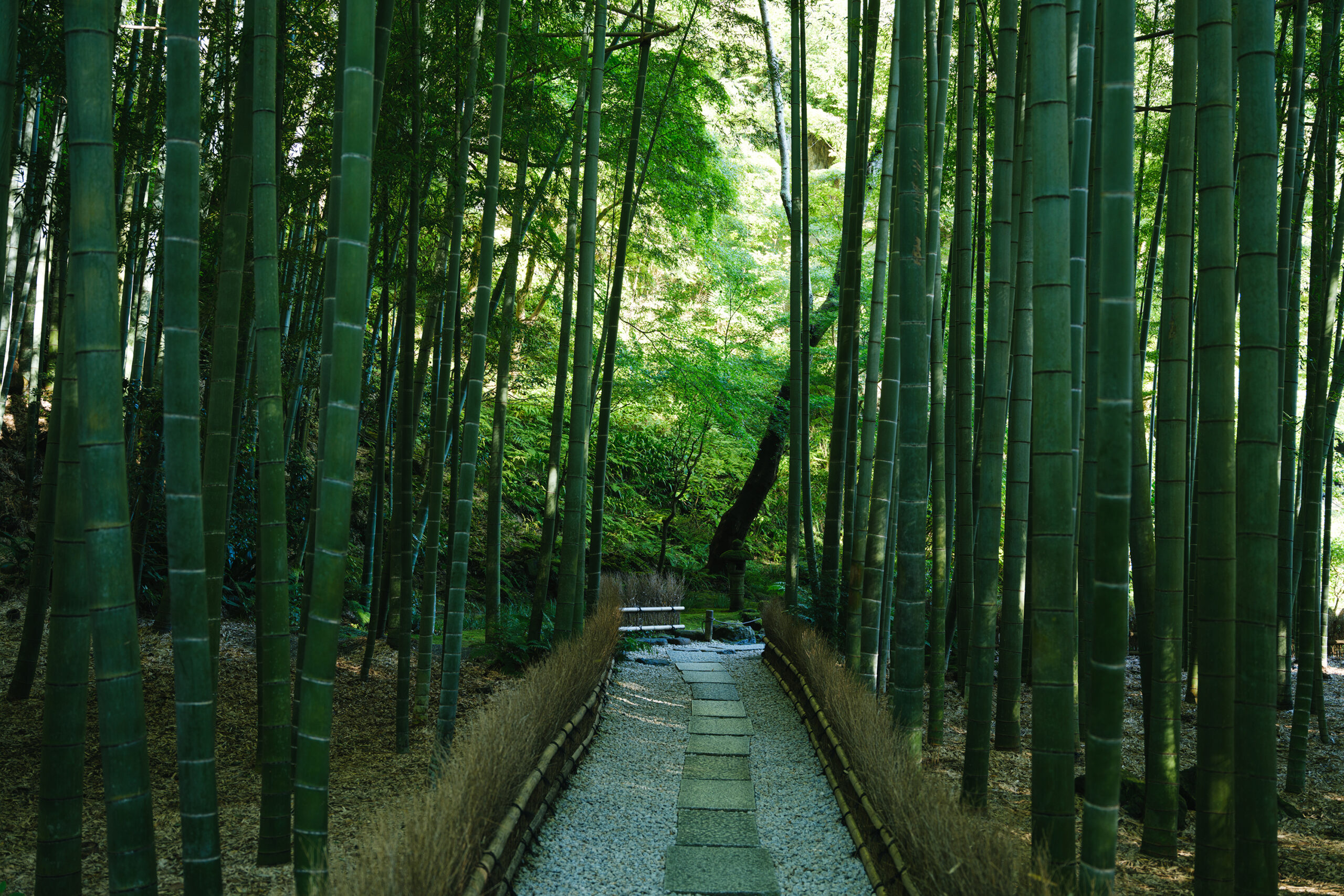
VOL.1-3
Update
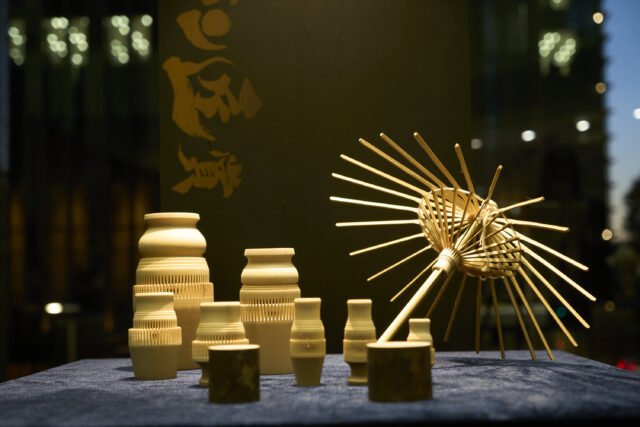
VOL.1-27
Update

VOL.1-4
Update
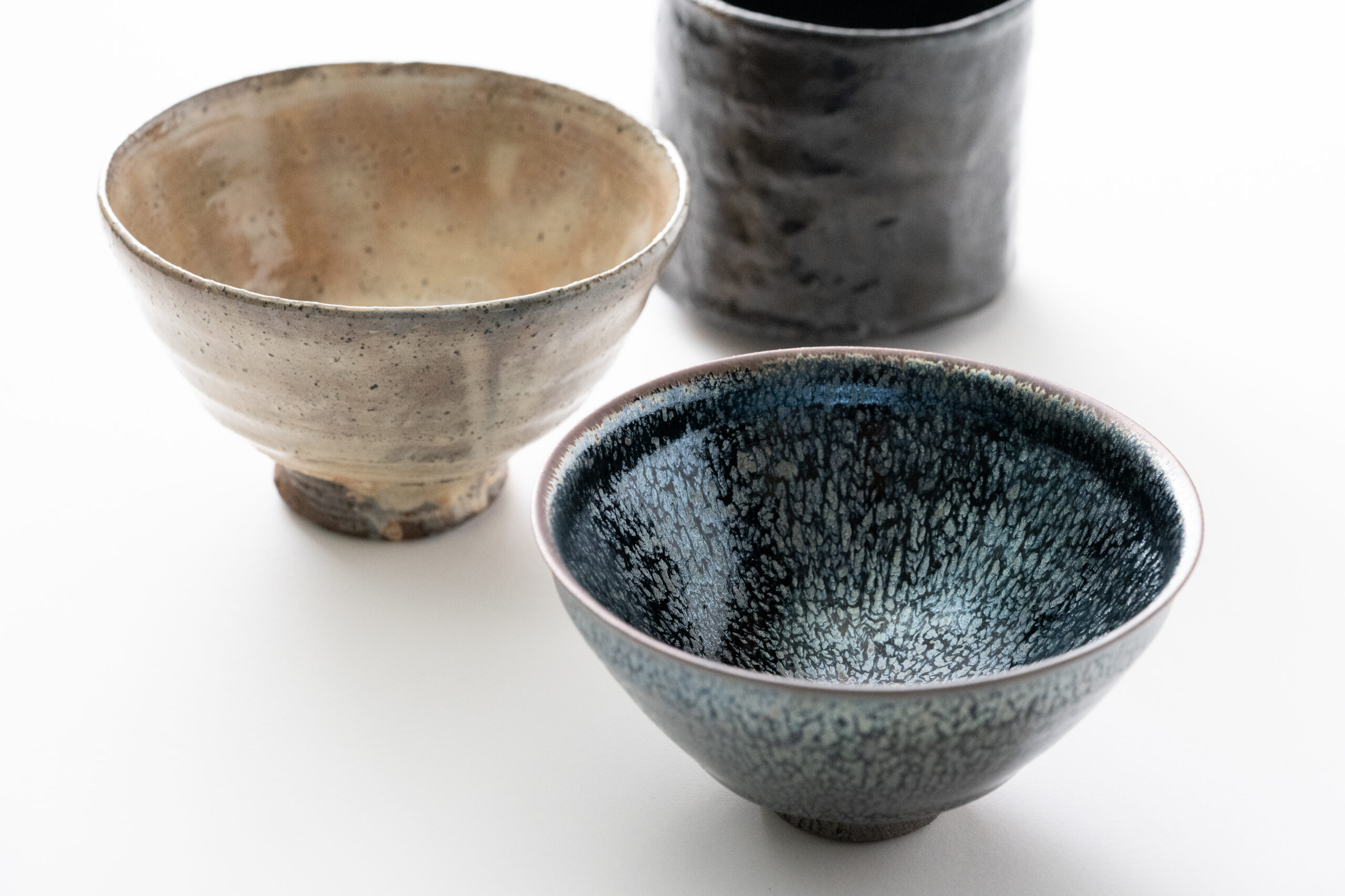
VOL.1-3
Update

VOL.1
Update

VOL.1-7
Update
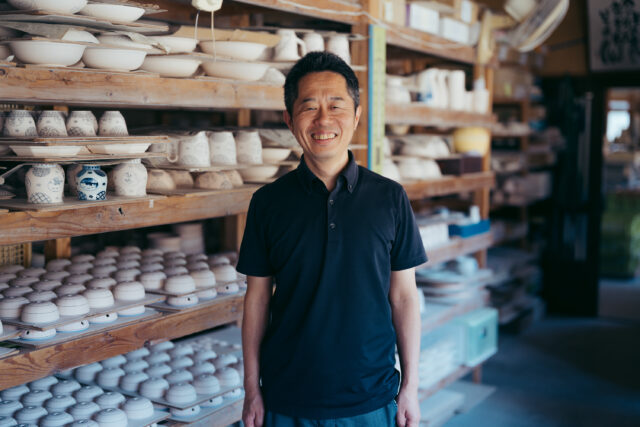
VOL.1-32
Update

VOL.1-12
Update
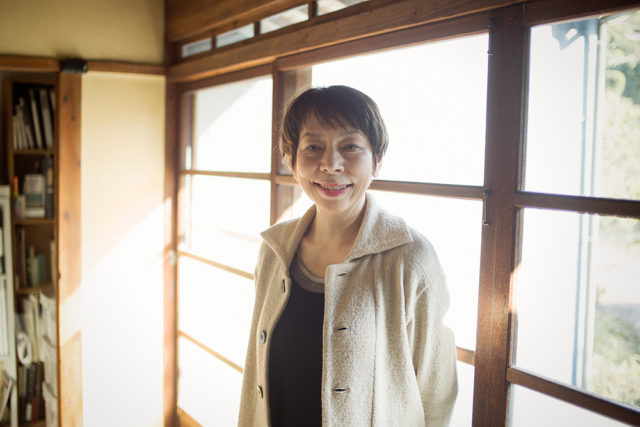
VOL.1
Update
We share a variety of information and perspectives on Japanese crafts, including exhibition information and interviews.
New Products VOL.23
KOGEI Topics VOL.25
Featured Exhibitions & Events VOL.50
KOGEI Topics VOL.24
Dec 9, 2025 – Mar 1, 2026
National Crafts Museum
Dec 13, 2025 – Mar 8, 2026
Aichi Prefectural Ceramic Museum
Dec 13, 2025 – Mar 22, 2026
Kikuchi Kanjitsu Memorial Tomo Museum
Dec 18 – Dec 27, 2025
GOOD DESIGN Marunouchi

Although craft items have existed for a long time, the term “kogei” itself came into usage in the Meiji period (1868-1912). Before this time, there were no mass-produced daily goods; everything was handmade, and the value of that manual production process itself was rarely seen as something special. However, in the Meiji period the term “fine arts” was introduced from the West, and as people considered what “fine arts” should mean in the context of the Japanese language, paintings and sculptures came to be categorized as Bijutsu-hin, literally “art items,” while other items were named “crafts.” In the early Meiji period, the concept of craft was considered to include industrial products as well. As mechanical production became more widespread, the word “industry” became more widely recognized, and gradually, craft began to be seen as something distinct from fine arts and industry, carving out its own path.
In 1873, when Japan participated in the World Exposition held in Vienna, traditional crafts were introduced as one of the highlights of Japan’s appeal and received high praise. One of the main objectives of participation was to promote Japan’s rich land and traditional techniques abroad, with the aim of increasing exports of the exhibited items. Traditional crafts, ranging from decorative pieces to everyday goods, were widely displayed.
Traditional craft refers to “crafts with tradition,” and many of these items use techniques and materials passed down within specific regions of Japan. The concept is not about the design elements, such as color or shape, but rather the craftsmanship itself that is emphasized. Many craft items are named after the regions where they originated, such as Arita ware, Wajima lacquerware, and Nishijin textiles. For example, let us imagine a plate with an old Japanese pattern painted in blue. If we were only considering the design, it might be called traditional Imari ware. However, simply painting it with blue pigment does not make it a traditional craft. It is only when the plate is decorated using the traditional technique of sometsuke (blue and white porcelain), which is passed down in areas like Arita and Kutani, that it qualifies as a traditional craft.
Within traditional crafts, there are techniques that have been passed down through generations, sometimes carefully guarded within families with their methods not disclosed to outsiders. However, it is not only these family-based techniques that are preserved; a significant characteristic of Japanese traditional crafts is that many are passed down across entire regions. In the case of Wajima lacquerware, for example, there is a division of craftmanship, with detailed specifications for every step, from the materials used to the lacquer application techniques. If these are not strictly followed, the item cannot be recognized as Wajima lacquerware. Such a respect for tradition can sometimes hinder innovation, and with that often sparks debate. As globalization leads to the homogenization of cities across the world, however, such pursuit of unique craftsmanship and aesthetic values that can only be found in specific regions is being reevaluated as something with new potential.
In Japan, the term “traditional crafts” was formally established in 1974 by the Ministry of Economy, Trade, and Industry, with the goal of protecting traditional culture. As of October 2024, 243 items have been designated as traditional crafts. In addition to national designations, there are also designations made by individual prefectures. Today, when referring to traditional crafts, it is generally understood to mean those that have received official recognition from the national or prefectural governments. Items created using different techniques and materials, not bound by tradition or region, are often referred to by the terms “craft” in katakana or “contemporary art.”
Traditional crafts are facing a steady decline as an industry. Many craft items, such as Japanese tableware and kimono, were designed to fit traditional Japanese lifestyles. However, as urbanization continues, demand for these products has drastically decreased. At the same time, population decline in rural areas has led to a severe shortage of artisans. Furthermore, many craft industries are based on a division of labor, with various associations existing within the regions. While these associations provide benefits such as information exchange and creative sourcing of materials, they are also constrained by regional customs, making it difficult to implement new initiatives. Product pricing also tends to remain consistent within regions, resulting in a structure where artisan wages are slow to increase. On the other hand, some young people choose to work as independent craft artists, not belonging to any associations. However, individual artists have limited production capacity, leaving many challenges to overcome for the continued growth and development of regional industries.
In the history of craft, there has been a progression from fine art crafts to mingei (folk crafts) and then to everyday crafts. “Fine art crafts” refer to items that hold special value as cultural heritage, such as paintings and sculptures, which are considered distinct from everyday tools and utensils. Mingei, on the other hand, is a cultural movement promoted primarily by Soetsu Yanagi in the first half of the Showa period (1925-1989). At that time, crafts were mainly valued for their ornamental use, and there was a tendency to enhance their value through competition based on individual techniques and expressions. Soetsu Yanagi and his followers, however, opposed this trend, arguing that the true charm of Japanese craftsmanship lies in the humble, unnamed tools made by unknown artisans. They believed that it is in these everyday objects that the true value of craft exists.
Those values of mingei have been passed down to the present day, and with them, the concept of “everyday crafts” has emerged. Everyday crafts emphasize the beauty of everyday life itself, and seek to revive the charm of crafts that seamlessly integrate into daily living. While mingei focused on products made by artisans based on regional divisions of labor, rather than works by individual artists, everyday crafts do not distinguish between artists and artisans. Instead, it values all kinds of everyday tools that enrich life. Today, many of the “utsuwa-ya” (tableware shops) in Japan fall into this category. Utsuwa-ya are stores that sell everyday tableware made by artists selected by the shop owner, and they are characterized by the owner’s empathy for the lives and ways of living of the artisans. This approach embodies a flexible, contemporary philosophy that is not constrained by traditional techniques or customs.
Traditional crafts are not unique to Japan; they exist in many parts of the world. However, it is rare to find a country with such a diverse range of traditional crafts, including ceramics, lacquerware, metalwork, and woodworking. While many of Japan’s traditional crafts were influenced by those from China and Korea, Japan’s unique climate, seasons, and the skillfulness of its people have allowed these crafts to evolve and develop in a distinctly Japanese way.
For a tradition to endure, it must remain relevant and valued in every era. However, if that results in everything being continuously changed, the charm of the culture will be lost. It is important to preserve universal values while also being flexible enough to incorporate the spirit of changing times. To achieve this, creators must look to the broader world and continually reflect on what tradition should be and what it means to live with tradition.
Imagine a world without traditional objects. In a world where there are no traces of the past, things would only be consumed and discarded. While each of us lives only one life, within the history of tradition, certain footprints remain as lasting marks. I encourage you to view traditional crafts from this perspective. It will surely bring about a change in the way you live today.
Reference
The Association for the Promotion of Traditional Craft Industries
https://kyokai.kougeihin.jp/
